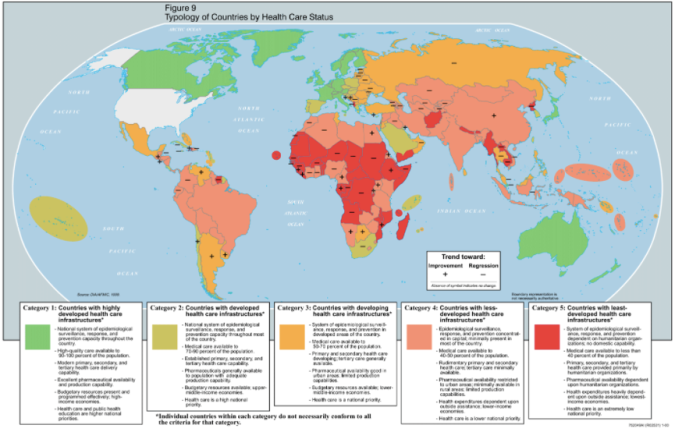As mentioned previously, Typhoid Fever which is caused by Salmonella typhi was thought to be a sickness affecting only unprivileged communities. That is why when the sickness began reaching well-off families of New York and Long Island, homeowners hired the Department of Health to investigate.
After some exploration into the households effected, a common link was found. Each family had fallen ill about 3 weeks after hiring Mary Mallon, an immigrant from Ireland, as their cook or domestic servant. By the year 1907 when the

DOH caught up with Mary, they had connected her with 22 cases of Typhoid Fever. They concluded that the was a healthy carrier of the bacteria, infecting majority of those she cooked for.
When confronted, Mary was said to have chased the inspector away with a rolling-pin. The police were involved yet she managed to elude capture for another 5 hours. Not due to guilt, more so due to the fact that she did not understand. Eventually she was submitted to a stool test and the results came back positive for S. typhi. Treatments were attempted, and multiple tests were done while Mary was quarantined against her will for a period of three years. Eventually Mary was released on the condition that she would never cook again. After being released, Mary Mallon changed her name to Mary Brown and began cooking again, eluding authorities for 5 years. Many more people were ailed and two more people died.
In many articles Mary comes across as a callous and knowingly contagious carrier. However many sources say that she would stay with the family and care for them through the illness. It has also been established that Mary was never properly educated on her situation and remained in denial of her condition her entire life. In addition to her lack of education, Mary was an immigrant and cooking was her trade. Although she was offered assistance in finding a non cooking job, it is said that she never understood why she caused a threat to others, so she of course went back to doing what she enjoyed and what she was good at.
Mary was recaptured and it was later found that she had spread the disease directly to 51 people causing 3 deaths. Indirectly, it is estimated that approximately 400 people were exposed to the disease due to those infected by Typhoid. Mary Mallon lived out her days alone and died a slow death after a total of 26 years in enforced isolation.
Brooks J. The sad and tragic life of Typhoid Mary. CMAJ: Canadian Medical Association Journal. 1996;154(6):915-916.
Marineli F, Tsoucalas G, Karamanou M, Androutsos G. Mary Mallon (1869-1938) and the history of typhoid fever. Annals of Gastroenterology : Quarterly Publication of the Hellenic Society of Gastroenterology. 2013;26(2):132-134.
The Editors of Encyclopædia Britannica. (2017). Typhoid Mary. Encyclopaedia Britannica. Retrieved from https://www.britannica.com/biography/Typhoid-Mary. Accessed 12/05/2017.
Photo Sources:



